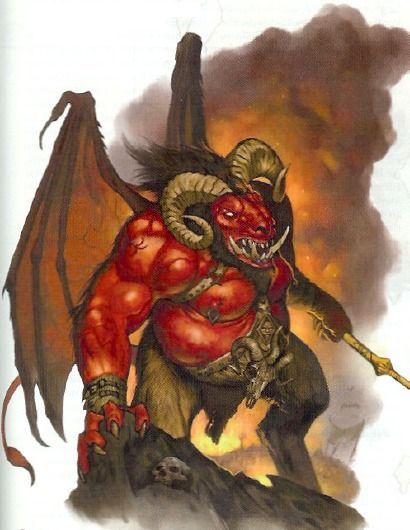The Empire of Elam forms. It would last over three hundred years and dominate the whole continent in that time.

The Empire of Elam forms. It would last over three hundred years and dominate the whole continent in that time.
The great chieftain Eldred finally succeeded in driving the Orcs back into the Jagged Peaks, united the tribes of the lands, named himself king and formed The Kingdom of Albion .
The Empire of Elam collapses. The nation of Elam remains but is relatively weak.
The City of Rodin was founded. This marked a significant moment in the history of the world as the Rodinian Empire would form around this settlement - a civilization which would eventually give its name to the very world itself.
Hadrian replaces Trajan as ruler and crushes cult of Elemental Evil.
Tana Toradja surrenders to The Empire of Rodinia.
Semang falls to the invading Empire of Rodinia.
Weissland is taken over by The Empire of Rodinia.
The country of Elam finally falls to the The Empire of Rodinia.
The Theocracy of Hishan breaks free from the rule of Khemit and becomes independent.

The Chaos Wars raged across the Kingdom of Albion. These were the events of the Albion I Campaign.

A group of unlikely Heroes rose up in the The Kingdom of Albion. They took on the servants of Sir Mangarak in the Valley of the Shrines. These are the events of the Albion II Campaign.
Emperor Augustus Tiberius comes to power in Rodin City.
The heroes of Magma Force confronted the agents of The Demon Prince, led by Embril Aloustinai and Sir Mangarak. These times were the events of the Shackled City Campaign.
The Known World goes to war! Rodinian legions invade Athena. These are the events of The World in Ruin Campaign.
The Lich King cast a terrible ritual which killed most of the inhabitants of the The Vale of Leaves. This was followed by an invasion of Orc soldiers with necromancer leaders to capture all the survivors. This was the events of the Vale of Leaves Campaign.